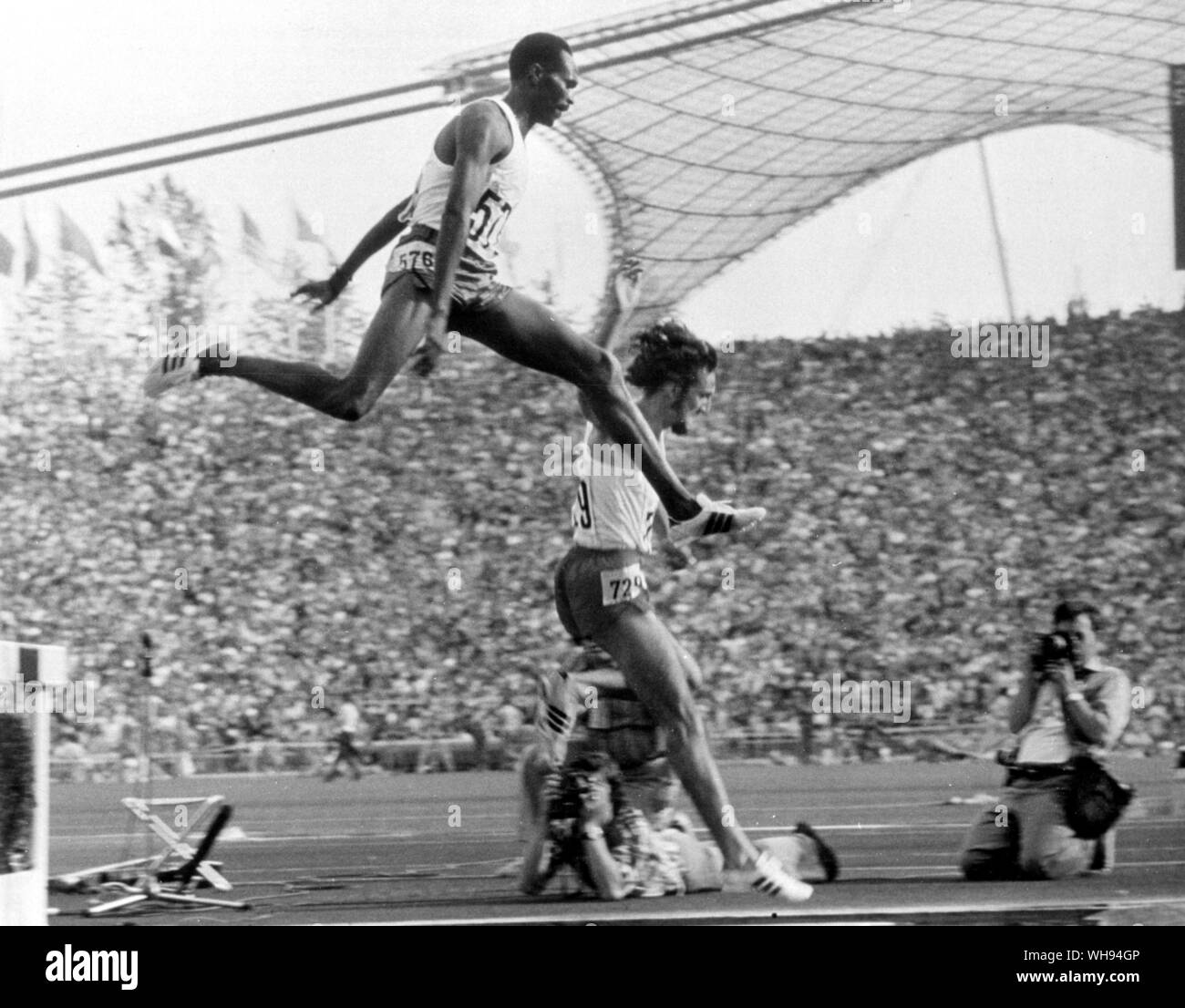Steeplechase History and Evolution: Steeplechase Final Olympics

The steeplechase, a thrilling and challenging event in track and field, has a rich history dating back centuries. Its origins lie in the traditional English sport of hunting, where riders would race across countryside obstacles, including fences, ditches, and water jumps. Over time, this sport evolved into a formalized athletic event, eventually finding its way into the modern Olympic Games.
Origins and Evolution, Steeplechase final olympics
The steeplechase’s origins can be traced back to the 18th century, when fox hunting was a popular pastime in England. Riders would race across the countryside, navigating natural obstacles such as fences, ditches, and water jumps. The term “steeplechase” emerged from the practice of riders racing towards a distant church steeple, making it a landmark for navigation.
In the early 19th century, the sport began to be formalized, with organized races being held on designated courses. The first steeplechase race was held in 1812 at the Newmarket Racecourse in England. The race involved riders navigating a course with a variety of obstacles, including a water jump.
Over the years, the steeplechase evolved into a standardized event, with the inclusion of a specific number of obstacles and a fixed distance. The modern steeplechase is a grueling test of endurance, speed, and agility, demanding a high level of physical and mental strength.
Rules and Regulations
The steeplechase in the Olympics is governed by a set of rules and regulations that ensure fairness and consistency. Some key regulations include:
- Distance: The steeplechase distance for men is 3,000 meters, while for women it is 2,000 meters.
- Obstacles: The course features a specific number of hurdles and water jumps. The hurdles are 36 inches high and are spaced 35 meters apart. The water jumps are 36 inches wide and 28 inches deep.
- Water Jump: Runners must clear the water jump by leaping over it, and they cannot use their hands to assist them.
- Penalties: Runners who fail to clear an obstacle or touch the top of a hurdle are penalized.
Comparison with Other Obstacle Races
The steeplechase is distinct from other obstacle races in several ways:
- Focus on Endurance and Speed: Unlike obstacle courses that prioritize strength and agility, the steeplechase emphasizes endurance and speed. Runners must maintain a high pace throughout the race, while also clearing the obstacles.
- Standardized Obstacles: The steeplechase features a standardized set of obstacles, ensuring consistency across different races. This allows for fair competition and accurate comparison of performances.
- Emphasis on Technique: Clearing the water jump and hurdles requires specific techniques, which runners must master to avoid penalties and maintain their pace.
Significant Moments in Steeplechase History
The steeplechase has witnessed numerous memorable moments, featuring legendary athletes and groundbreaking performances. Here is a timeline of significant moments:
- 1900 Paris Olympics: The steeplechase makes its debut in the Olympic Games, with George Orton of Canada winning the first gold medal.
- 1920 Antwerp Olympics: The distance for the men’s steeplechase is standardized to 3,000 meters.
- 1956 Melbourne Olympics: Christopher Brasher of Great Britain sets a new world record of 8:41.2, breaking the previous record by almost 10 seconds.
- 1984 Los Angeles Olympics: Julius Korir of Kenya becomes the first African athlete to win the Olympic steeplechase title.
- 1996 Atlanta Olympics: Kenya’s Moses Kiptanui sets a new world record of 7:59.18, which remains unbroken to this day.
- 2008 Beijing Olympics: Kenya’s Brimin Kipruto wins the gold medal, setting a new Olympic record of 8:01.18.
Steeplechase final olympics – The steeplechase final at the Olympics is a test of endurance and agility, requiring athletes to navigate a series of hurdles and water jumps. It’s a grueling race that demands both physical and mental strength, and the finish line is a moment of pure exhilaration for the winner.
And after a race like that, what better way to unwind than to sink into the luxurious comfort of a twin leather sleeper chair ? The soft leather and plush cushioning provide the perfect respite for weary muscles, while the sleek design adds a touch of elegance to any room.
The steeplechase final may be a test of grit, but a comfortable chair like this is a reminder that even the most demanding athletes deserve a little luxury in their lives.
The steeplechase final at the Olympics is a spectacle of athleticism and grit. It’s not just about speed, but also about precision and the ability to overcome obstacles. Every athlete knows the risks, the possibility of a fall that could derail their dreams.
For a deep dive into the history of falls in the steeplechase, you can check out steeplechase olympics fall , a fascinating exploration of this aspect of the sport. Ultimately, it’s the athletes who can maintain their focus and composure in the face of these challenges who emerge victorious in the steeplechase final.